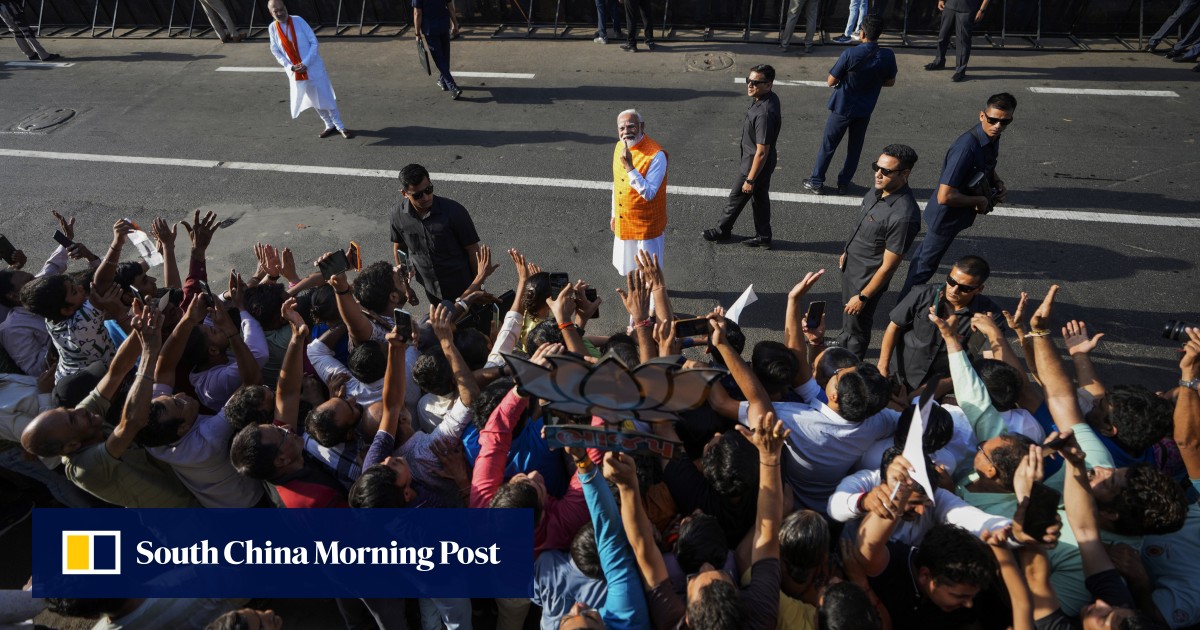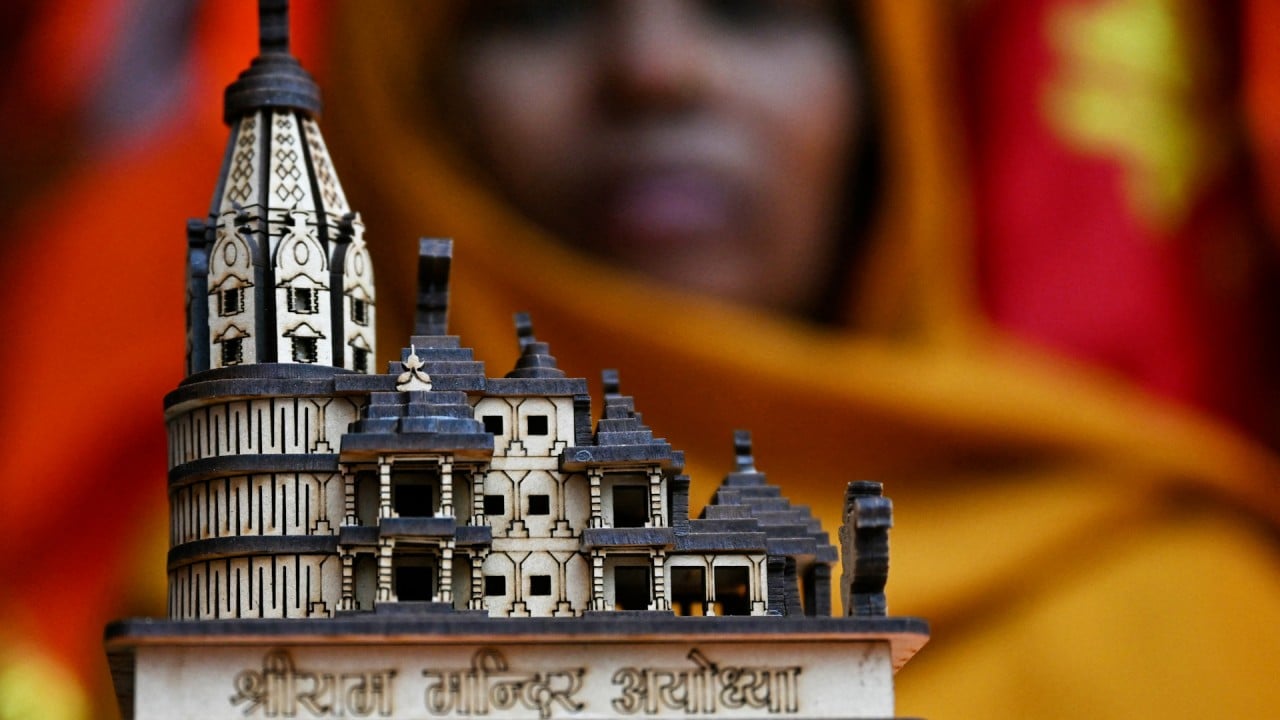“Modi’s popularity has emerged as the biggest theme, despite issues like unemployment and inflation,” said Yashwant Deshmukh, an independent political commentator and founder of research firm C-Voter.
“People expect Modi to be a better solution provider than Rahul Gandhi or any other opposition leader,” he said. “There is a definite expectation about India’s growth story in terms of the economy that has helped.”
If Modi won a third term, he will equal the three-term record of prime minister of Jawaharlal Nehru, the country’s leader from 1947 to 1964.
Rising costs of living and unemployment emerged as key issues in the election, but the discontent did not seem to have damaged Modi’s image.
“With the opposition running its strongest campaign since 2014, independent media on YouTube rising in popularity and unemployment continuing to be an important concern for voters, the opposition could rightly have expected to perform strongly,” said Pratik Dattani, founder of London-based think tank Bridge India.
“But it looks like discontent towards the government has not translated into the anger that might be required for voters to change their votes.
“This was a referendum on Modi. So perhaps voters penalised the lack of a prime ministerial candidate in the opposition, viewing Modi as the best choice for prime minister,” Dattani said.
After 10 years of BJP rule, the party was expected to suffer from anti-incumbency bias. While such sentiments were pervasive when it came to members of parliament, the BJP likely triumphed by riding on Modi, Deshmukh says.
“People are hugely disappointed with sitting MPs, even with the BJP MPs, but for the sake of Modi they have voted them back,” he said.
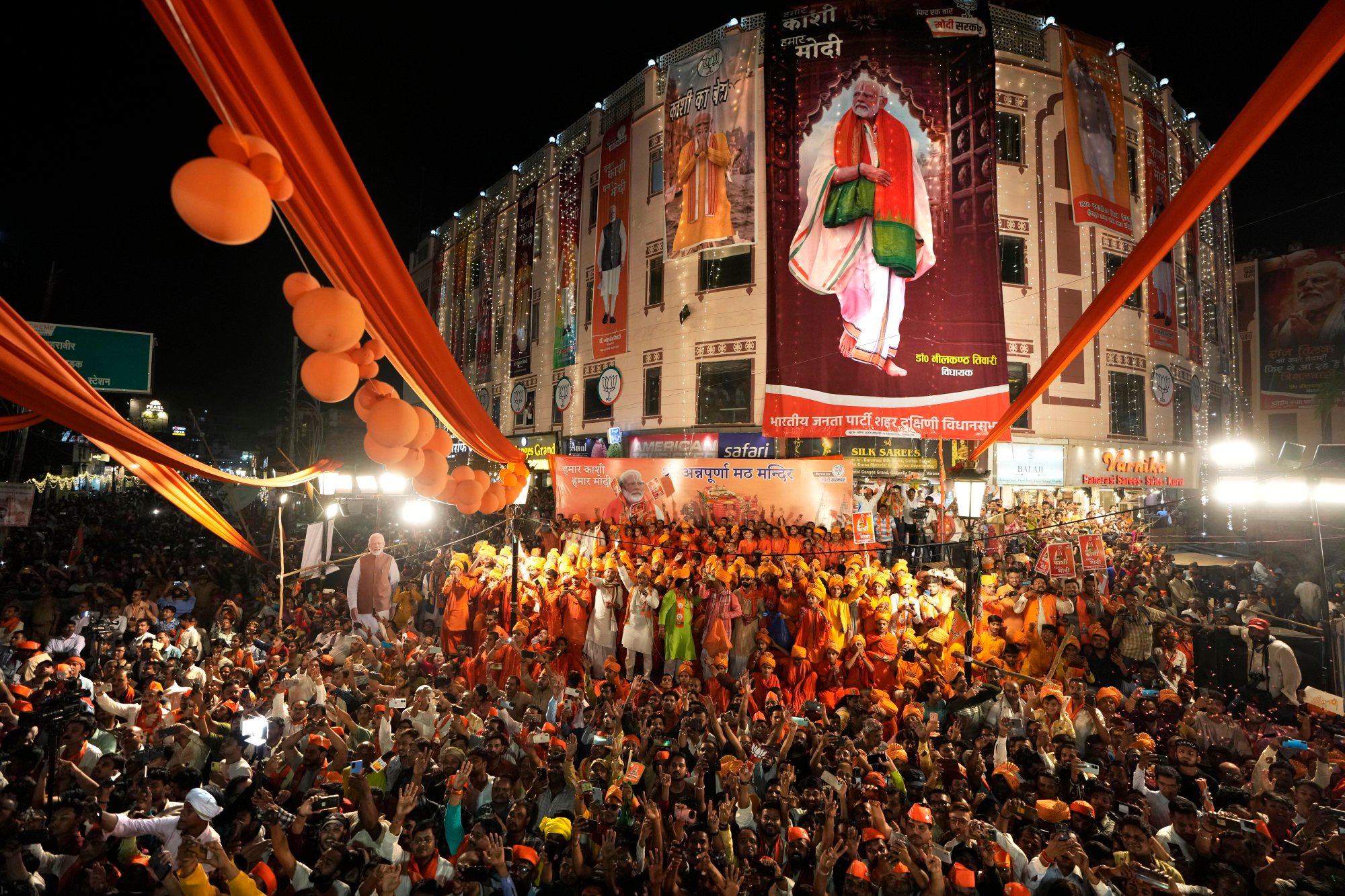
Exit polls indicated that the BJP has made significant inroads into southern India as well as eastern India, broadening its influence from its traditional Hindi-speaking heartlands in north, central and western India.
“If the exit polls prediction turns out to be correct, then it means the emergence of the BJP as a nationwide party, no longer restricted to the Hindi heartland,” said Nilanjan Mukhopadhyay, an independent political commentator.
“It could also mean a great endorsement across the country for the idea of Hindutva (Hindu nation).”
The BJP is set to gain in not only the state of Karnataka, where it has been the strongest in the southern region, but also in Telangana and Andhra Pradesh, according to exit polls.
Deshmukh said the BJP’s vote share is also expected to increase in the states of Kerala and Tamil Nadu, which had previously proved to be virtually uncrackable for the party.
In the eastern state of West Bengal, the BJP appears poised neck-to-neck with the influential Trinamool Congress regional party, Deshmukh said.
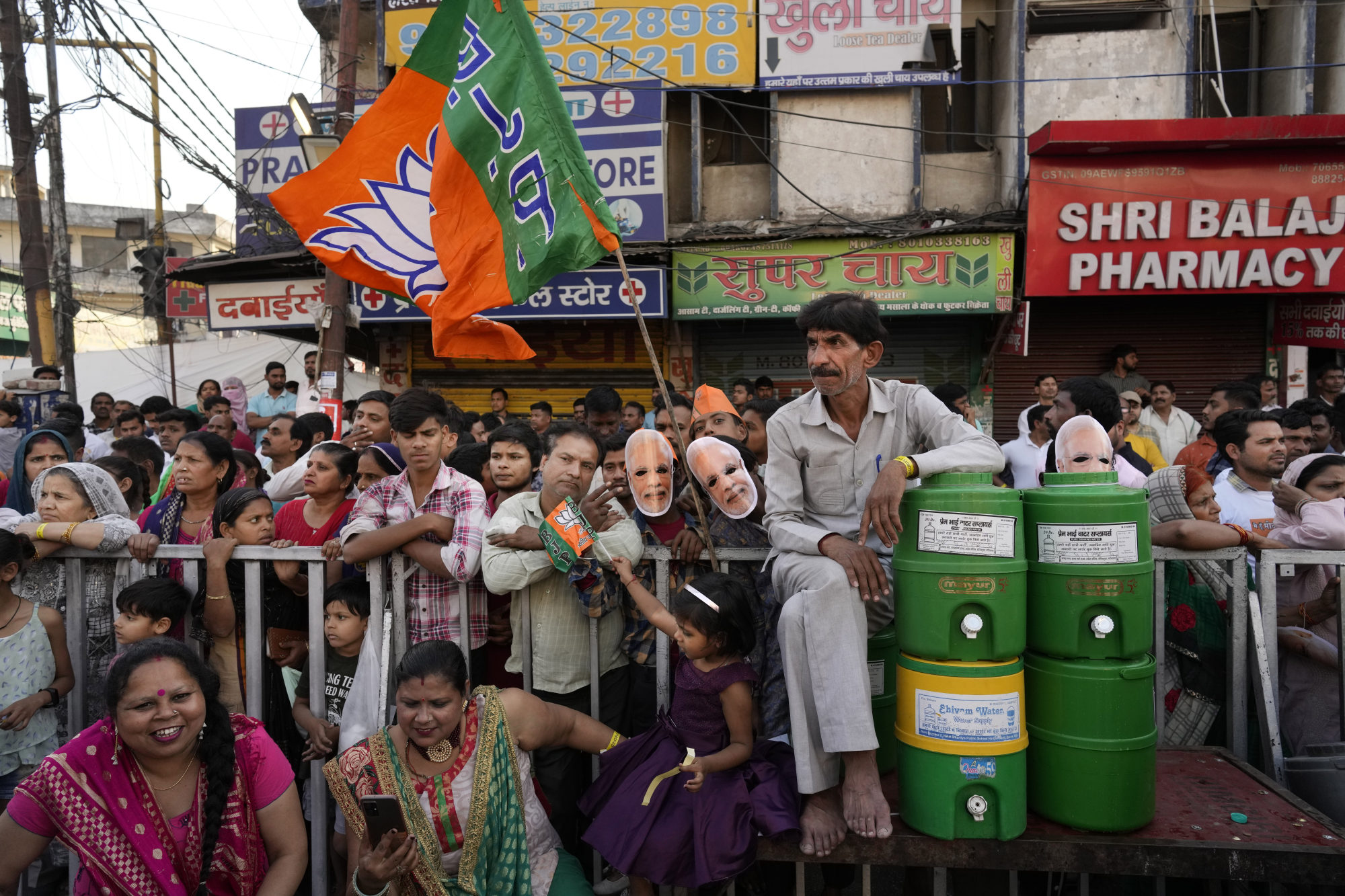
Modi’s legacy
It may be the last term in office for 73-year-old Modi, who was once a pariah in the western world because of religious riots that occurred while he was the chief minister of Gujarat in 2002 that led to the deaths of 1,000-2,000 people, mostly Muslims.
But thanks to India’s economic growth, the country is increasingly being embraced internationally as a geopolitical counterbalance against China.
Opposition members have warned that another term for Modi could severely damage India’s secular and democratic traditions, arguing that the BJP’s Hindu nationalist agenda has polarised the country.
“Another term for Modi will move India away from democracy. Modi is battling the principles on which India was set up in 1947,” said Kingshuk Nag, an author and independent political commentator, adding that Modi’s grip on power is only likely to increase if he is elected again.
Observers expect major businesses to benefit from a BJP win, although they believe industrial development will favour states like Gujarat and Maharashtra, where the ruling party is more popular, over others like West Bengal.
Stock market analysts are also optimistic about India’s growth prospects if Modi’s government returns, expecting a push for reforms to develop infrastructure and boost manufacturing growth.
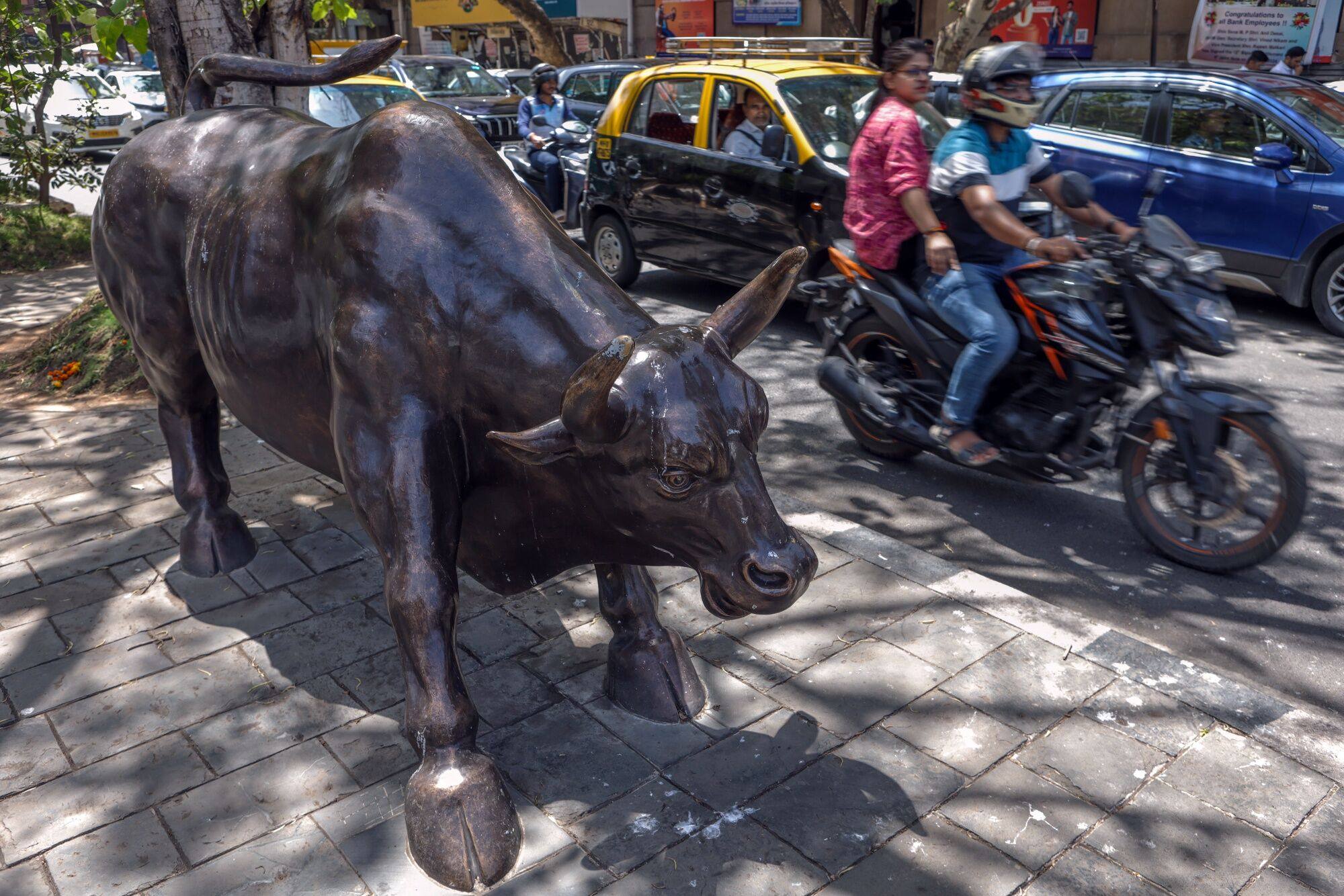
“This government has finally realised that manufacturing as a percentage of GDP has to go up. They have seen that in how China has done in the last 30-40 years,” said Shekhar Sambhashivan, India equities investment director at investment management company Invesco.
“While the government says it wants it to be closer to about a quarter, even if we assume on a conservative basis, they would land up at 20 per cent of GDP,” he said.
The BJP has said it wants India to become a fully developed nation by 2047, its 100th year of independence from British colonial rule. It also has the ambitious goal of increasing the size of the world’s fifth-largest economy by about eight times to US$29 trillion by then, and increase the per capita income about seven fold to nearly US$18,000.
That vision appears to have appealed to sections of India’s teeming middle class and the poor.
If Modi is successful in securing a third term, then he would establish a legacy that would be hard to match, Mukhopadhyay says.
“It would be unprecedented. Nehru had the advantage of the legacy of the national movement against British rule to help him get elected. Compared to that, Modi has weathered the opposition without any such legacy.”

